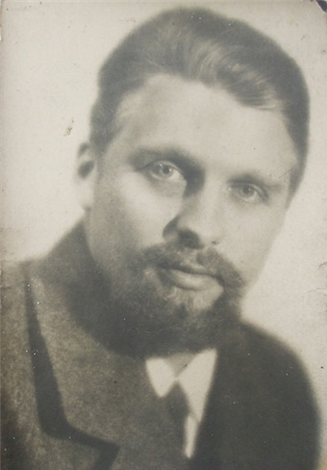For me, Lesseman affords entry to a place that I’ve always been frustratingly unable to inhabit: art history and its shadows, shadows that still exist in the past. Emerson said that ‘None can re-enter there’ but I don’t altogether agree.
Becker in conversation with Dr Jon Wood, Research Curator Henry Moore Institute
'The Life of Anton Lesseman' is an attempt to reconstruct a relationship with history via the production of a confabulated life of a fictional artist: ‘Anton Lesseman’ (1899-1971), whose biography and work have been meticulously researched and fabricated. The project emerged during a Henry Moore Institute Research Fellowship in 2011, where Becker raised the possibility of such an imposture being used to re-evaluate gaps in art history, and the lives and works of artists who have been lost into the past. Both an imaginative questioning of the idea of the artist and a creative approach to archiving and historical research, ‘The Life of Anton Lesseman’ demonstrates the potential of imagination to operate alongside the ‘fixed’ ideology of the archive by merging two systems in apparent opposition.
By inventing a sculptor, Anton Lesseman, and having him ‘pass by’ neglected figures in art history, like Gertrude Hermes and Clare Sheridan, as well as some neglected histories e.g. the Artist’s International or the forgotten scandal of the Dunera Boys, both Lesseman and they were suddenly illuminated.
‘The Life of Anton Lesseman’ resulted in an archive containing family photographs, images sourced from the internet and the Imperial War Museum Archive, a host of ‘original’ drawings, sculptures, paintings, sketchbook pages and maquettes made by Becker and a small collective of other artists (who were given a short brief and commissioned to make work ‘in the style of’, by or about Lesseman by researching work by other artists made during the same periods) as well as a 200 page fictional autobiography, handwritten letters, poetry and short stories on the subject of sculpture.
This ‘estate’ became the first ever body of work by a fictional artist to be acquired by an art historical archive. The use of a collective of contemporary artists to create a fictional art historical archive is also without precedent.
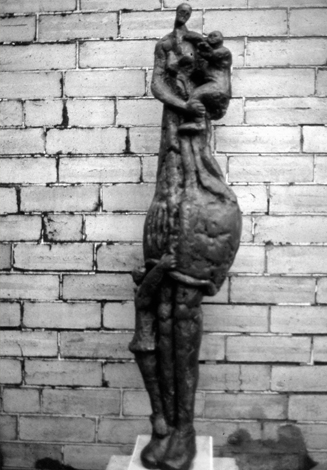
‘Standing Woman’, 1958, bronze, private collection. Created by Lewis Robinson. Leeds Museums and Galleries (Henry Moore Institute Archive)
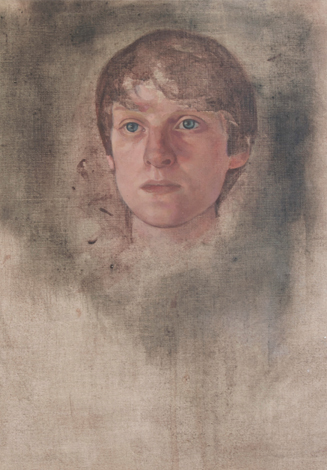
‘Study of Adelaide Lesseman by William Coldstream’, c. 1939. Oil on canvas. Created by Nadia Hebson, 2013. Courtesy of the artist.
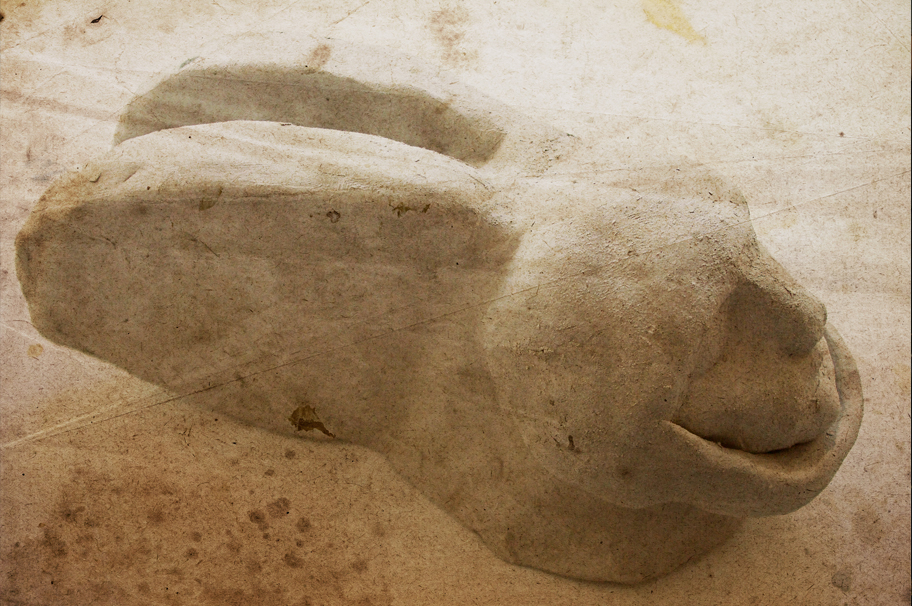
Untitled (Head). Circa 1938. Unfired clay. Paul Becker. 2013. Leeds Museums and Galleries (Henry Moore Institute Archive)
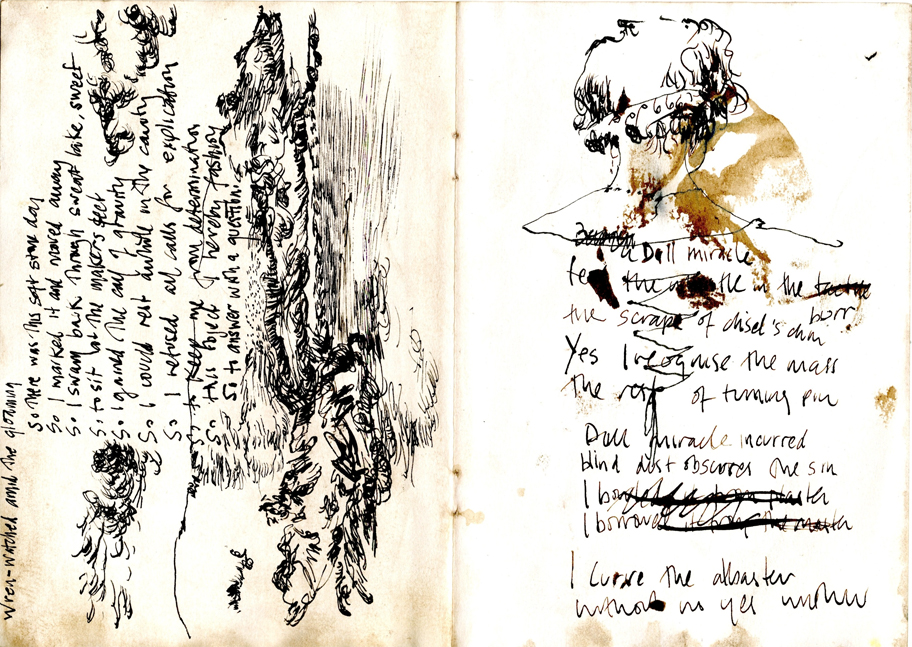
Sketchbook pages & poems, circa 1920’s. Created by Jesse Leroy Smith, 2013. Leeds Museums and Galleries (Henry Moore Institute Archive)
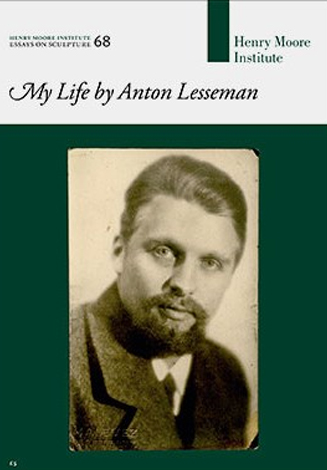
Cover of My Life by Anton Lesseman, published by Henry Moore Institute, 2013.
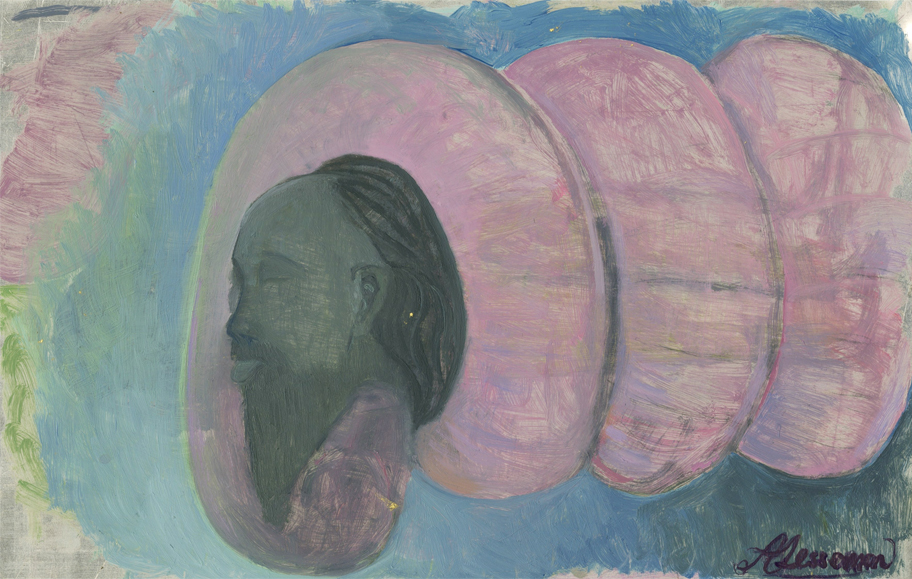
‘Study for Laocoön’, oil on tin, 1966. Paul Becker, 2013. Leeds Museums and Galleries (Henry Moore Institute Archive)
Now ratified by the HMI archive, the ‘The Life of Anton Lesseman’ presents both an opportunity to critically re-evaluate ‘lost’ artists, and, intriguingly, the possibility of further study into Lesseman’s own faux existence. It further resulted in a forthcoming publication: My Life by Anton Lesseman, No. 68 in the HMI ‘Essays on Sculpture’ series, containing extracts from the artist’s autobiography, images of his work, and introductory texts by Lisa Le Feuvre & Dr. Jon Wood, and an exhibition to be held in 2014 at the Henry Moore Institute Library, in Leeds.
